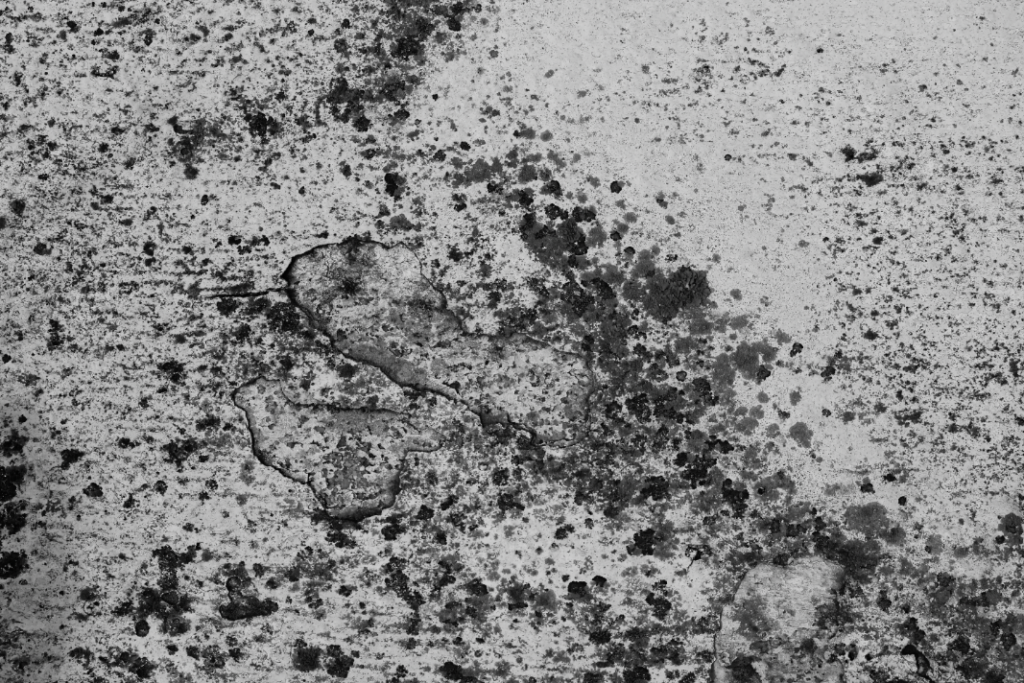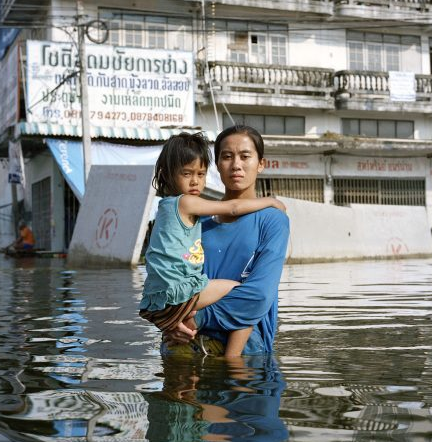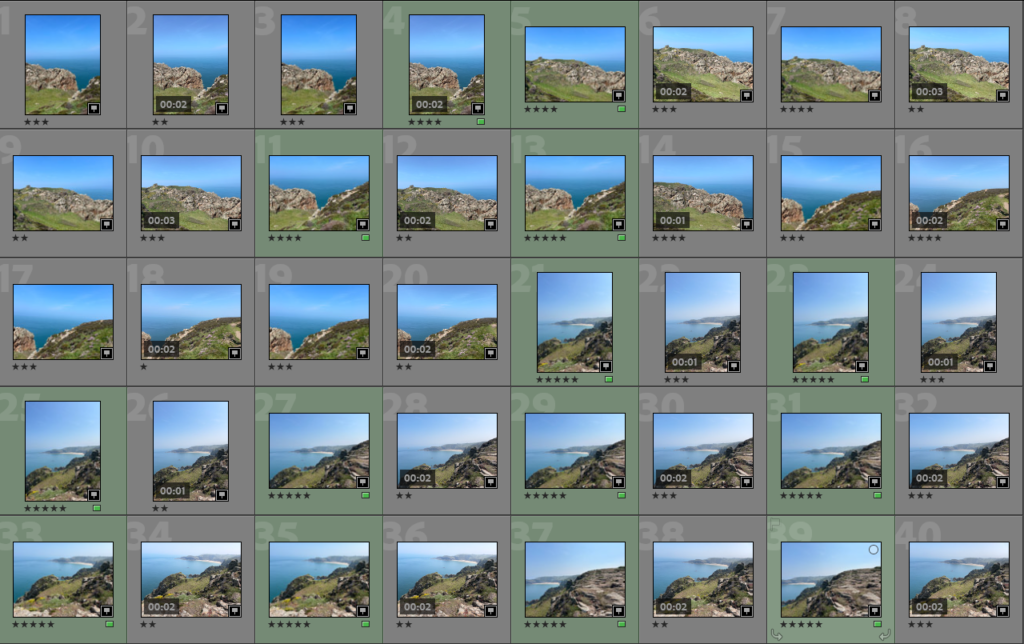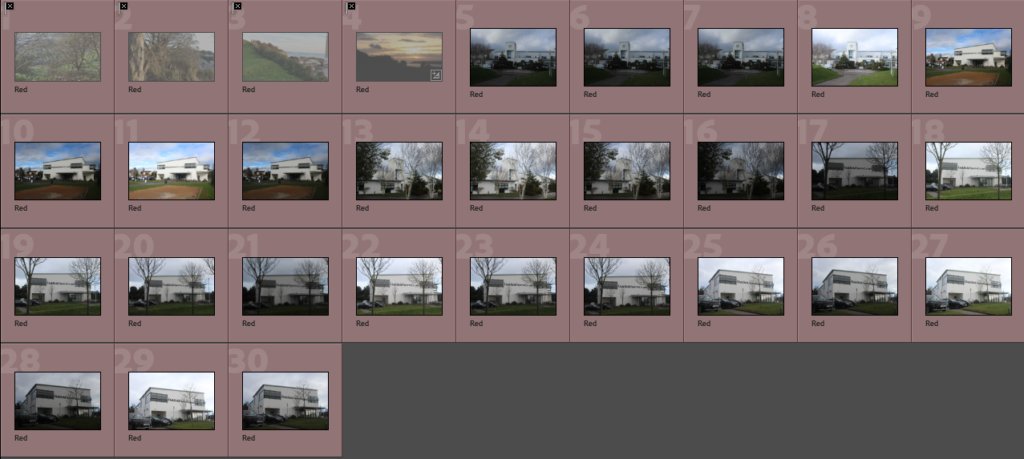What is Anthropocene?
The Anthropocene is a proposed geological epoch dating from the commencement of significant human impact on Earth until now. It affects Earth’s geology, landscape, limnology, ecosystems and climate.
The Anthropocene is a geological unit of time, continually describing the most recent period in Earth’s history when human activity began to have a significant impact until now. It takes into account the effects on the Earth’s geology, landscape, climate, limnology and ecosystems. This geologic time scale is split into hierarchical series of smaller lengths of time, descending in length of time: eons, eras, periods, epochs and ages. These units of time are composed through the classification of the Earth’s rock layers and the fossils found within them. Through this, scientists can examine the correlation between the certain organism’s characteristics of the certain parts of the geologic record – stratigraphy.
The word Anthropocene comes from the Greek terms for human (‘anthropo’) and new (‘cene’), but its definition is controversial. It was coined in the 1980s, then popularised in 2000 by atmospheric chemist Paul J Crutzen and diatom researcher Eugene F Stoermer. The Earth is approximately 4.5 billion years old while humans have been here for a much smaller scale, yet irreversible influence has taken place on biodiversity and nature, fundamentally altering the Earth’s physical, chemical and biological code. In the last 60 years, the Great Acceleration has began. This is a term used for the increasing rate at which human impacts are unfolding at an unprecedented scale and speed, causing the globe to deteriorate and become more modified, spiralling downwards. Being the most influential species of the planet, human behaviour has created a snowball effect of significant impacts not only for other ecosystems or species but ourselves too. Just a few of these are:
- Carbon dioxide emissions
- Global warming
- Ocean acidification
- Habitat destruction
- Extinction
- Widescale natural resource extraction
- An increase in extremeness and frequency of severe weather conditions e.g earthquakes, tornados and storms
In simple terms, it is how human activity impacts the earth.
Human-caused climate change has indeed dominated global trends: The last eight years have been the eight hottest on record. A sure-to-be-record-hot 2023 and a potentially even hotter 2024 would stretch that streak to a decade. For example, in 2014 the global population was 7.3 billion however it is now 8.1 billion. If civilisation doesn’t move towards more sustainable lifestyles such as the refusal of consistently burning fossil fuels, even more dramatic changes could occur which could be incredibly life-threatening for the human species too.
MOODBOARD
When did the era of Anthropocene begin?
The early Anthropocene hypothesis posits that the Anthropocene era, as some scientists call the most recent period in the Earth’s history when the activities of the human race first began to have a significant global impact on the Earth’s climate and ecosystems, did not begin in the eighteenth century with advent of coal-burning factories and power plants of the industrial era. Evidence suggests that the beginning of the Anthropocene dates to 8,000 years ago, triggered by intense farming activities of our early agrarian ancestors. It was at that time that atmospheric greenhouse gas concentrations stopped following the periodic pattern of rises and falls that had characterized their past long-term behaviour, a pattern which is explained by natural variations in the Earth’s orbit.
Photography within the Anthropocene
Collectively, these artists offer compelling visual imagery necessary for picturing the Anthropocene: Arial views of beautiful but toxic sites, collages that incorporate archival photographs to counter colonial narratives, depictions of urbanism on an unimaginable scale, and imagined yet precarious futures. Which ultimately help document and investigate the substantial impact human actions have had on our planet.
The Anthropocene Project is a multidisciplinary body of work combining fine art photography, film, virtual reality, augmented reality, and scientific research to investigate human influence on the state, dynamic, and future of the Earth.
It touches the very core of our being (post)human—and of the space around us we variously call “the environment” or “the world.” Art in the Anthropocene is vital read for anyone who cares about art, animals, climate, ethics, extinction, justice, plants, poetry and the weather”.
The Anthropocene is mainly characterised by three factors: the technological progress that sped up after the First Industrial Revolution, the explosive growth in population thanks to improvements in food, health and hygiene, and the multiplication of production and consumption.
Yes, ‘Anthropocene’ can be useful to tell the history of life on earth. It can also illustrate the extent to which humans have modified the earth’s systems. It also suggests that we can no longer go back to a ‘pristine’ nature that existed before humans, as cultural critics have long suggested.
What is the goal of the Anthropocene project?
Our notion of nature is now out of date. Humanity forms nature. This is the core premise of the Anthropocene thesis, announcing a paradigm shift in the natural sciences as well as providing new models for culture, politics, and everyday life.
What are the cons of the Anthropocene?
These human actions cause, among other consequences, changes in the water cycle, imbalances and destructions in the marine and terrestrial ecosystems, the increase of extreme meteorological phenomena, the acidification of the oceans or the disappearance of the forests.
Mood board of the Anthropocene project
How fashion and textiles affect the climate
The project sell elephant tusks to avoid people from selling them.
The burning of 10,000 elephant tusks piled into an enormous funeral pyres in Kenya’s National Park in Nairobi is both a devastating and beautiful image to look at — a reaction that photographer Edward Burtynsky intended.
His photographs are part of a multimedia project called Anthropocene that merges film, photography and virtual reality installations to illustrate the imprint humans are collectively leaving on the planet.
“We want to communicate out there with people. We want them to look at these things, to try to ask questions about these landscapes,” he told The Current‘s Anna Maria Tremonti.
“If you represent them in … an unsightly light or whatever, they don’t resonate. They don’t make us wonder about this place.”
Fashion is another large factor of the human impact on the environment such as wool as it leaves the largest carbon foot print. Wool is much higher in greenhouse gas emissions than many other fabrics. Sheep farming emits high volumes of methane, a potent greenhouse gas, and also drives carbon-emitting deforestation. A recent study found that the carbon footprint for 1 kg of recycled wool is 0.63 kg CO2 eq, while virgin wool has an impact of 10.4 kg CO2 eq. This means that the carbon footprint of recycled wool is approximately 16.51 times less than that of virgin wool, making it a solid option for a low-impact alternative.
A wool-knit garment emits 27 times more GHG–equivalent emissions than a cotton-knit garment. One sheep can produce about 30 litres of methane each day. Emissions originate from three main categories of processes: enteric fermentation, manure, and feed.
My photoshoot within Anthropocene
Contact sheet-
Why was this my chosen factor for my photoshoot?
Increased ocean water levels during storms are almost certain to result in more frequent coastal inundation, higher wave run-up levels, higher water levels in lakes and estuaries and more flooding in coastal rivers. Rising sea levels, saline intrusion and coastal erosion are likely to damage coastal ecosystems. Climate changes, such as more frequent and intense rain events, can increase erosion and result in greater amounts of sediment washing into rivers, lakes and streams. More frequent and intense rain events, can increase sediment loading from storm water runoff. Climate change threatens coastal areas, which are already stressed by human activity, pollution, invasive species, and storms. Sea level rise could erode and inundate coastal ecosystems and eliminate wetlands. Warmer and more acidic oceans are likely to disrupt coastal and marine ecosystems.
Why does it link to the Anthropocene?
This links as it is the cause of cliff erosion but however is still very simply beautiful. This causes a contrast as some of Anthropocene’s images are very pleasant and appealing to the eye as it is too show the viewers what earth could look like if us as humans execute beneficial movements to it. This creates different ways in warning the viewers of the impact humans have. Whereas my photoshoot is showing a negative thing such as cliff erosion due to human activity but is also very appealing and not disturbing to the eye. I kept them simple to make it realistic as I personally believe it is more significant and appealing to viewers. I think this is a good idea as it does both factors such e.g negative and positive view points. It is also things you do not think on a day to day basis however when you view it in depth you begin to understand the effects on the earth.
Continued through AI
Original image-
Edited image through AI generator-
Link to artist reference –
Michael Marten: Sea Change
Excellent use of diptych and triptych and exploring low vs high tides to see how it changes a landscape scene
Panoramics-
A reason of why I believe this relates to my photoshoot, is that Jersey has one of the most changing tides. The images I took had a clear high tide with the sea matching the sky because of the weather. My image also shows cliff erosion which is due to changing strong tides. Therefore, my image is relating to Anthropocene as it is showing an appealing and pleasant photo with an underlying problem people don’t think about on a daily basis and would not think of the cliff erosion in this photo. It isn’t as straight forward as some famous photographers influenced by the Anthropocene. This could be a beneficial feature as it is showing what the world could look like if human activity began to improve. Meanwhile, showing what we are currently destroying due to climate change and global warming which causes extreme tides.
For example, other photographers –
A similarity within my images and those images is that both of them show significant amount of nature and non-man made elements. A difference is that these images visibly show the issues in society through rubbish. Where as my issue is a lot more subtle and simple.
The element of still obtaining natural features is too notably signify the destruction to part humans still desire. This is to emphasise what we are doing and to attempt to spread awareness and change.
This is evident in
Zed Nelson: The Anthropocene Illusion
In just a few decades, we humans have altered our world. Our planet is crossing a geological boundary: from the Holocene into the Anthropocene. Humans have left the countryside for the city but the desire for contact with nature remains. So, we have become masters of a stage-managed, artificial ‘experience’ of nature. This project examines humankind’s fractured relationship with the natural world, revealing not only a phenomenon of collective self-delusion, but also a craving for a connection to a world we have turned our backs on.






























